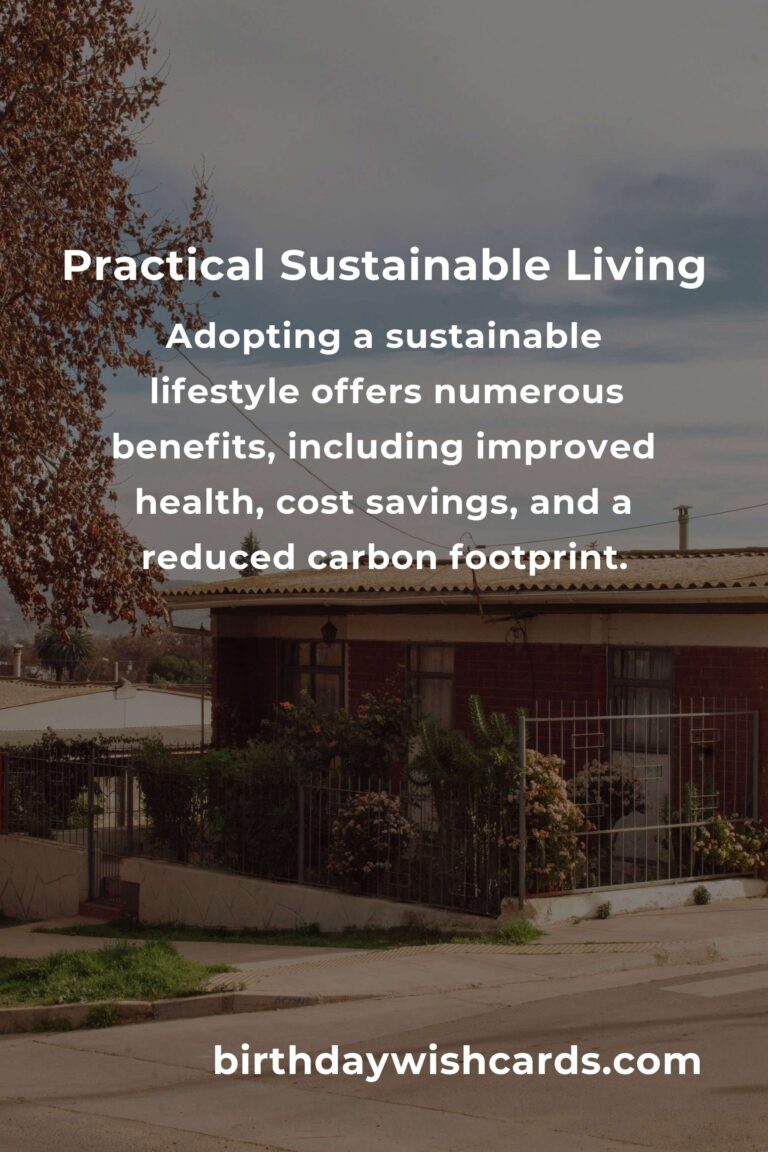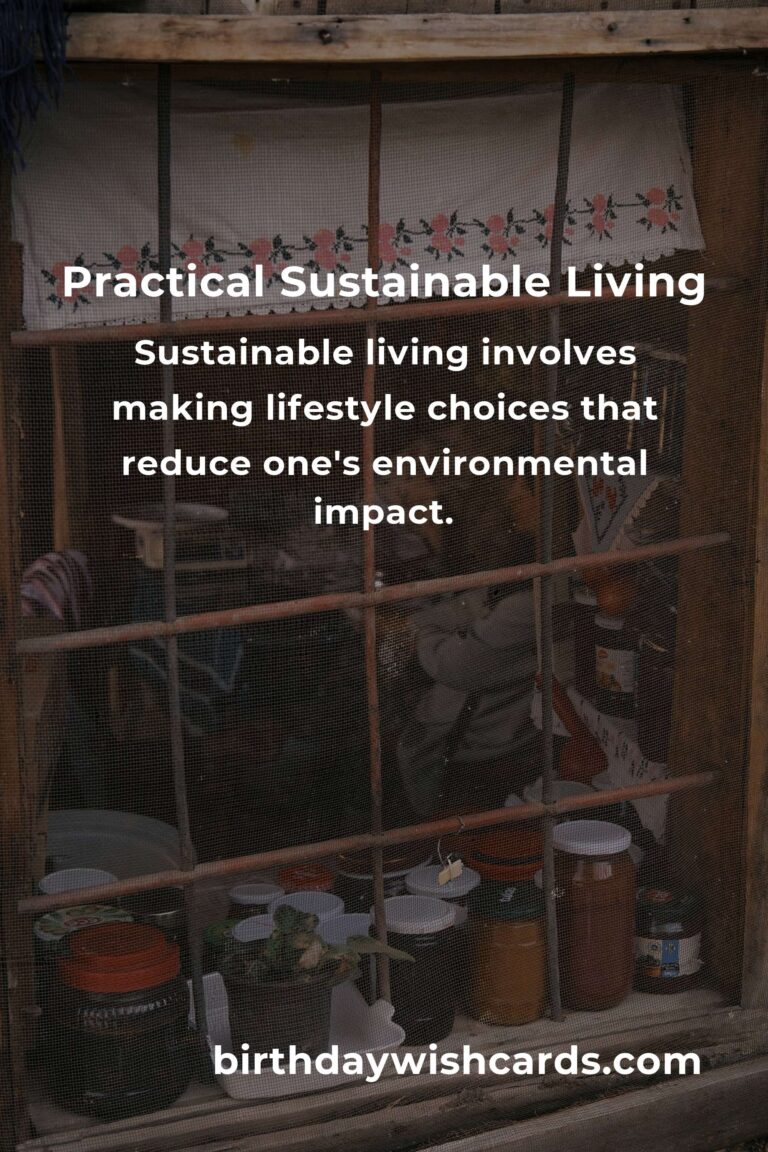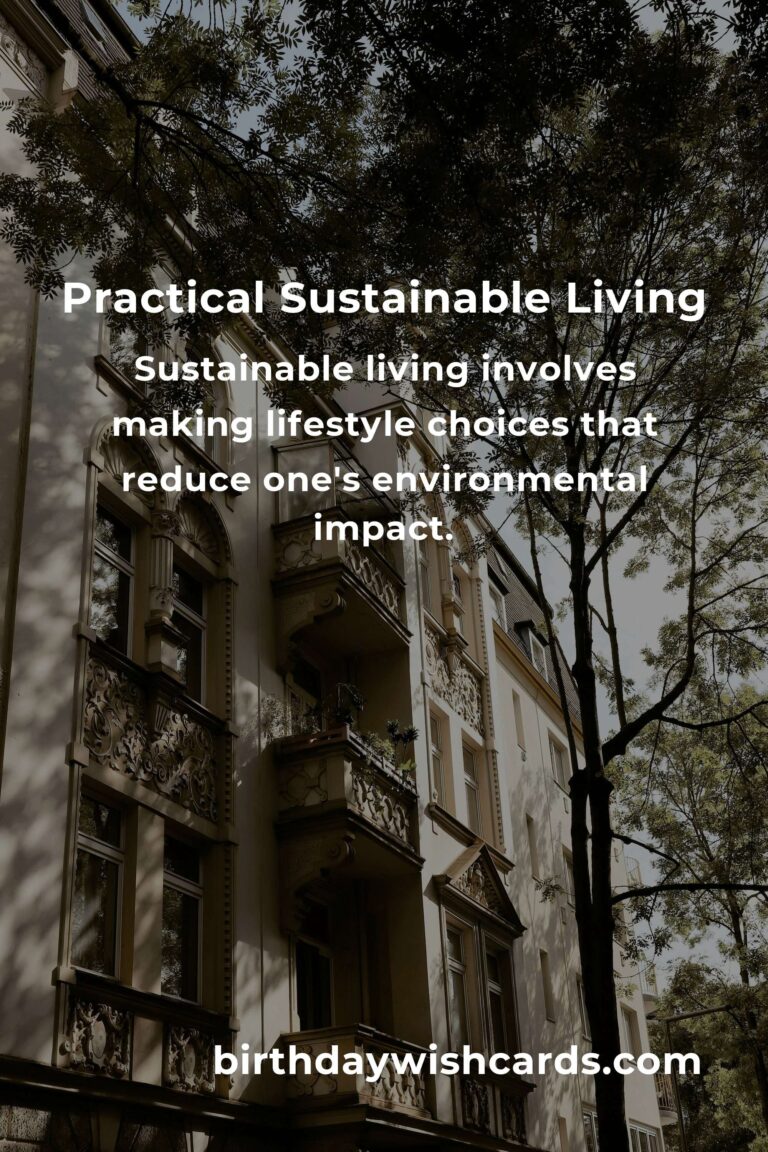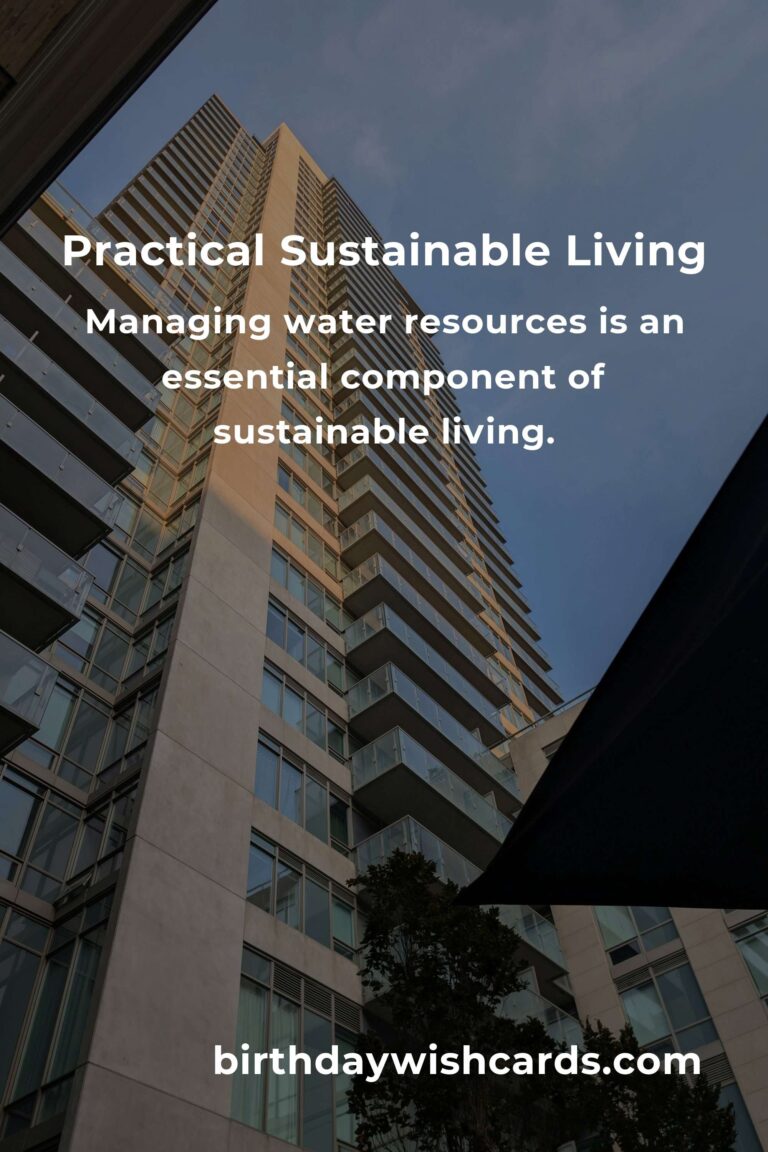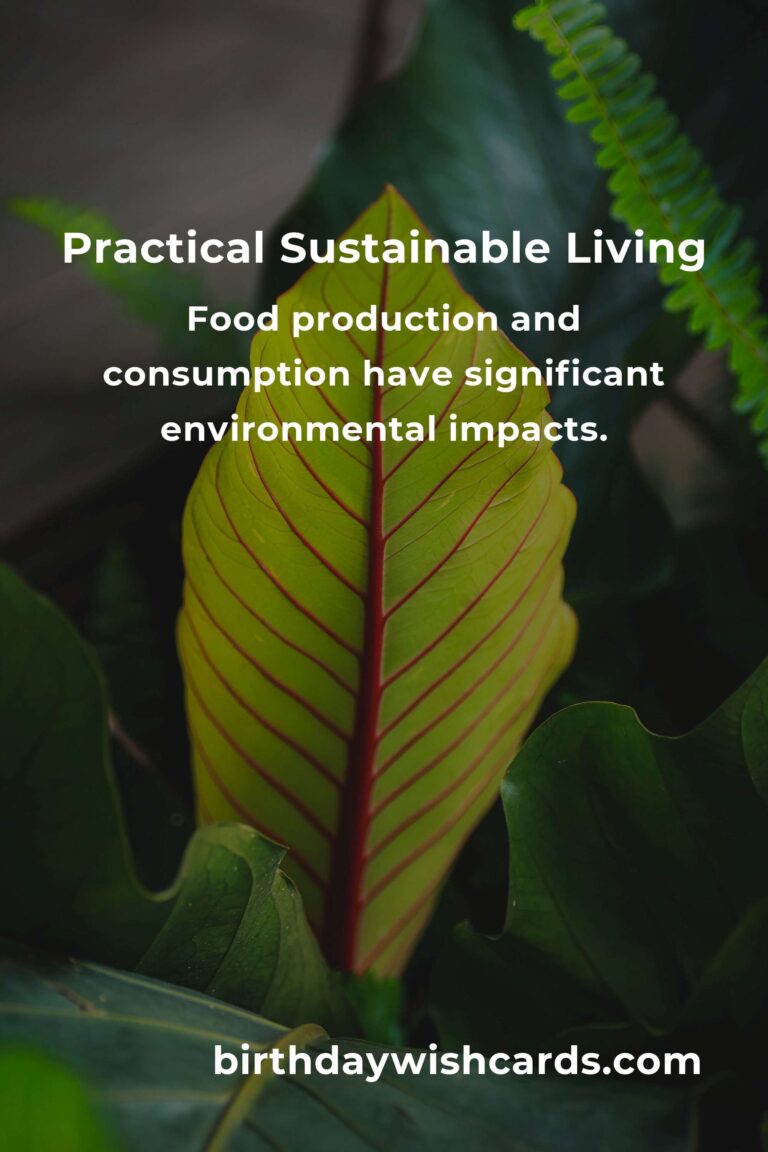
Sustainable living is more than just a trend; it’s a lifestyle choice that benefits both the planet and future generations. With the growing concerns about climate change, pollution, and resource depletion, adopting sustainable practices has never been more critical. This guide will delve into the core principles of sustainable living and provide practical tips to incorporate these practices into your daily life.
Understanding Sustainable Living
Sustainable living involves making lifestyle choices that reduce one’s environmental impact. It encompasses various aspects, including energy conservation, waste reduction, water management, and sustainable food consumption. By understanding and implementing these principles, individuals can significantly contribute to environmental preservation.
Energy Conservation
One of the primary areas of sustainable living is energy conservation. Reducing energy consumption not only lowers utility bills but also decreases greenhouse gas emissions. Here are some effective strategies:
- Use energy-efficient appliances: Switch to appliances with high energy star ratings.
- Embrace renewable energy: Consider installing solar panels or wind turbines.
- Implement smart technology: Use smart thermostats and lighting systems to optimize energy use.
Waste Reduction
Waste reduction is crucial for minimizing the amount of trash that ends up in landfills. Here are some simple ways to reduce waste:
- Practice recycling: Sort and recycle materials like paper, glass, and plastics.
- Compost organic waste: Composting food scraps and garden waste returns nutrients to the soil.
- Opt for reusable items: Use cloth bags, stainless steel bottles, and reusable containers.
Water Management
Managing water resources is an essential component of sustainable living. Here are some tips to conserve water:
- Fix leaks: Regularly check and repair any leaks in pipes and faucets.
- Install water-saving fixtures: Use low-flow showerheads and dual-flush toilets.
- Collect rainwater: Set up rain barrels to collect water for garden use.
Sustainable Food Consumption
Food production and consumption have significant environmental impacts. Embrace sustainable food practices by:
- Buying local and organic: Support local farmers and reduce the carbon footprint.
- Reducing meat consumption: Incorporate more plant-based meals into your diet.
- Growing your food: Start a vegetable garden to enjoy fresh produce.
Benefits of Sustainable Living
Adopting a sustainable lifestyle offers numerous benefits, including improved health, cost savings, and a reduced carbon footprint. Moreover, it fosters a sense of community and responsibility towards the environment.
Conclusion
Practical sustainable living involves making intentional choices that prioritize environmental health and resource conservation. By implementing the strategies outlined in this guide, you can contribute to a more sustainable future and inspire others to follow suit.
Start your journey towards sustainability today and make a lasting impact on the planet!
Sustainable living is more than just a trend; it’s a lifestyle choice that benefits both the planet and future generations. Sustainable living involves making lifestyle choices that reduce one’s environmental impact. Reducing energy consumption not only lowers utility bills but also decreases greenhouse gas emissions. Waste reduction is crucial for minimizing the amount of trash that ends up in landfills. Managing water resources is an essential component of sustainable living. Food production and consumption have significant environmental impacts. Adopting a sustainable lifestyle offers numerous benefits, including improved health, cost savings, and a reduced carbon footprint.
#SustainableLiving #EcoFriendly #GreenLiving


